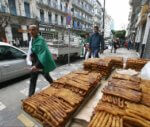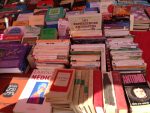If you have never had your coffee grounds read, you are missing out on understanding your potential future. The art of reading coffee grounds in the Middle East traces back to thousands of years of practice, fortune tellers and seers
By Ray Hanania
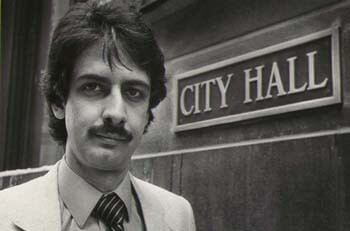
covering Chicago
City Hall
(1976-1992)
When I was younger, my mother and aunts used to read my coffee grounds/grinds. It was fascinating and fun. The predictions from the readings alway seemed to come true.
The grinds are what’s left at the bottom of a small porcelain cup of Arabian or Turkish coffee. Patterns in the grinds form that create potents of things to come, good, bad and otherwise. Reading the grinds is called Tasseography and it actually traces to medieval Europe.
Once you drink your coffee (finjan kahwah — cup of coffee), you use one hand to shake the remains in the porcelain cup in a circular motion three to five times, depending on who is reading the cup.
The cup is then turned over and placed upside down in the porcelain saucer, usually with a lip on the edge of the saucer, off center, to keep the upsidedown cup at an angle. Sometimes, the person’s whose fortune is being told, puts the cup upsidedown “flat” in the center of the saucer.
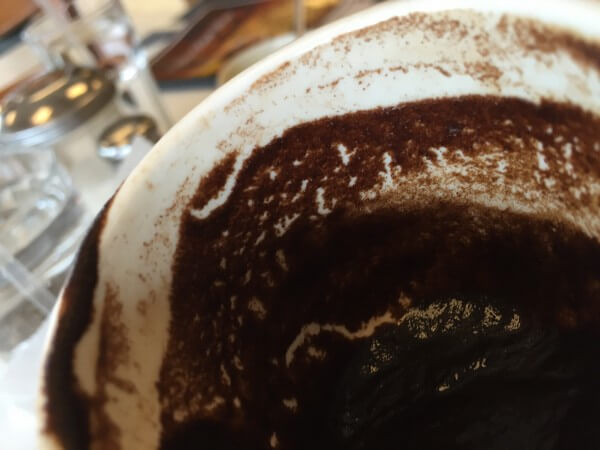
The two fortunes most sought are about love and money. Traditionally, if you wanted either, you would put a ring or piece of jewelry on the bottom of the cup if you wanted advice or portents on love. If it was money or advice on the future about money and wealth, you would place a coin on the bottom of the porcelain cup.
Readers of these coffee grounds/grinds base their observations on years of readings and watching and learning from others. The grinds move by the draining of the last remnants of coffee and can form interesting patterns, large and small. Sometimes they are symbols, like forming a heart. Sometimes, you may even see a face in the cup that you recognize or think you recognize.
Many times, the symbols are small and the readers looks at a pattern of images and impressions. Sometimes, the images and symbols are large.
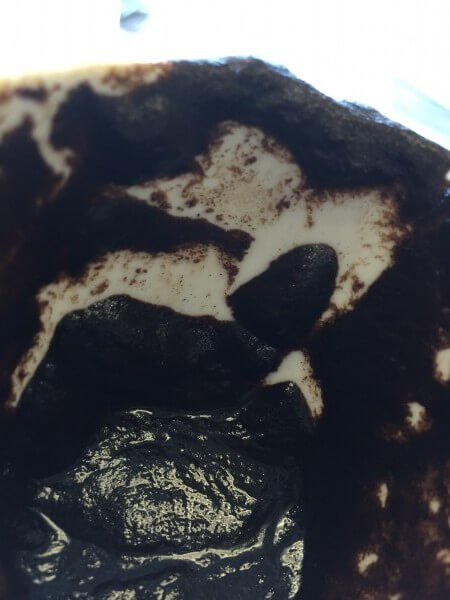
The location of the symbols also play an important part in the interpretation of what may or may not happen. The handle is viewed as the “home,” meaning that symbols located in the cup close to the handle of the porcelain cup mean they are things that could happen close to your home or involve your home or home life. The higher up in the cup that a symbol is found, the more important it is.
Readers divide the cup into several sections in a three dimensional pattern, five sections looking into the cup (one near the handle and the remainder divided into four equal sections) and three sections (top, middle and bottom) looking from the side.
Some use porcelain cups in which Zodiac symbols are imprinted around the saucer and inside the cup itself to guide the interpretation based on what can be seen and what is hidden.
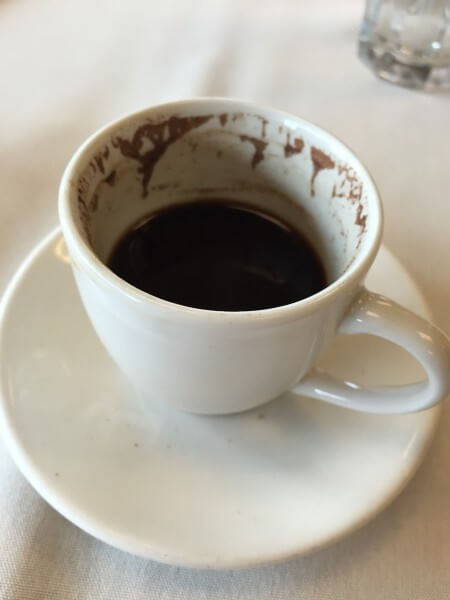
Whether it is something you believe in or engage in purely for cultural fun, having your fortune read after enjoying a nice cup of Arabian or Turkish coffee can be interesting. Many people swear by it. Others brush it off as superstition and old wives tales.
Regardless, having your coffee grinds read is a part of the Arabian culture and a part of the Middle Eastern meal, socializing and after dinner banter.
If you are interested, you can find a lot of website dedicated to understanding the reading of coffee grounds/grinds.
Here are a few that are very good:
The Turkish Cultural Foundation


- Israelisnipers shooting and killing hospital workers in Gaza - December 11, 2023
- CAIR Condemns Israeli Executions of Wounded, Unarmed Palestinian in West Bank - December 11, 2023
- Arab and Muslim American voters face a “simple choice” between Biden’s inhumanity and Trump’s edgy politics - December 9, 2023

















